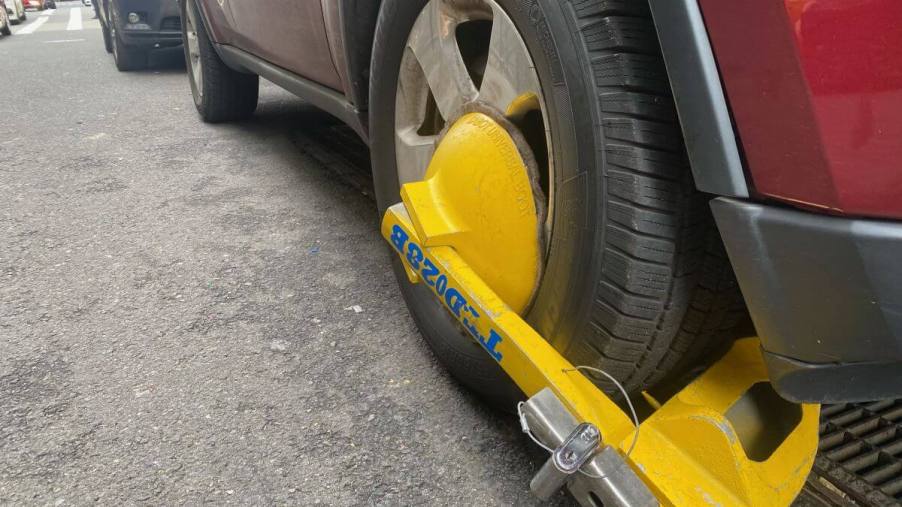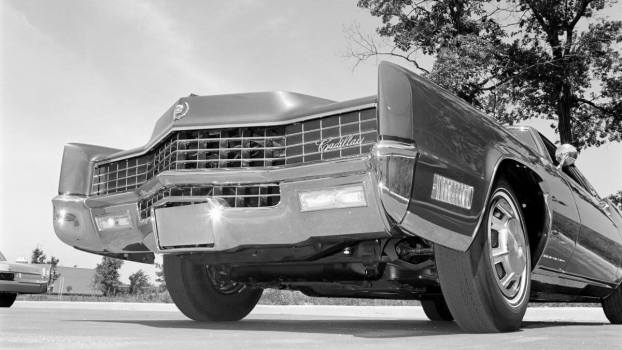
What is a Denver Boot?
Car immobilization devices, commonly known as wheel boots or car boots, have become familiar accessories to most drivers. These devices serve as an effective means of deterring unauthorized vehicle use or enforcing parking regulations. However, one wheel boot stands out among the rest— the Denver Boot. While sharing the same purpose as its counterparts, the Denver Boot has an intriguing history and has evolved to serve other uses beyond its initial design.
Wheel boots and their purpose
Before delving into the Denver Boot, it’s essential to understand what a car or wheel boot is and why it exists. A car boot is a device made of heavy-duty materials, typically metal, designed to immobilize a vehicle by clamping onto one of its wheels. It prevents the wheel from rotating, rendering the vehicle inoperable. The primary purpose of using a car boot is to enforce parking violations or collect outstanding fines.
The origins of the Denver Boot
The Denver Boot, also known as the wheel clamp or vehicle immobilizer, originated in the 1950s in Denver, Colorado – hence its name. Frank Marugg, a pattern maker at the Rome Brass and Copper Company, created the device. Marugg was motivated to develop the boot after witnessing rampant parking violations and the subsequent revenue loss incurred by the city of Denver. His invention aimed to curb these violations and recover unpaid fines effectively.
Evolution and uses since being developed as the Denver boot
Since its inception, the Denver Boot has undergone various modifications and adaptations. Initially, its primary purpose was to immobilize vehicles with outstanding parking tickets. However, its effectiveness quickly gained recognition, leading to widespread adoption in numerous cities and municipalities across the United States and internationally.
As the use of the Denver Boot expanded, so did its capabilities. The device became increasingly robust and tamper-resistant, making it difficult for unauthorized removal. This enhanced security led to its deployment in high-crime areas to combat vehicle theft and unauthorized use. In this capacity, it served as a formidable deterrent and significantly reduced instances of vehicle-related crimes.
The Denver Boot also found utility beyond official enforcement. Many private individuals started using it as a personal anti-theft device to safeguard their vehicles. Owners could deter potential thieves and prevent unauthorized use by employing the boot on their cars, even in their absence. This adaptation showcased the versatility and practicality of the device beyond its original intended purpose.
The modern-day wheel boot
According to Quora, modern wheel boots come equipped with advanced features, such as electronic monitoring, GPS tracking, and remote immobilization. These technological advancements have made the device even more efficient in preventing vehicle theft and enforcing parking regulations.
The enduring legacy of the Denver Boot
The Denver Boot has come a long way. From its humble beginnings as a parking enforcement tool in Denver, Colorado, it has evolved into a widely recognized and versatile car immobilization device. As technology continues to advance, further innovations in car immobilization devices will likely emerge.




